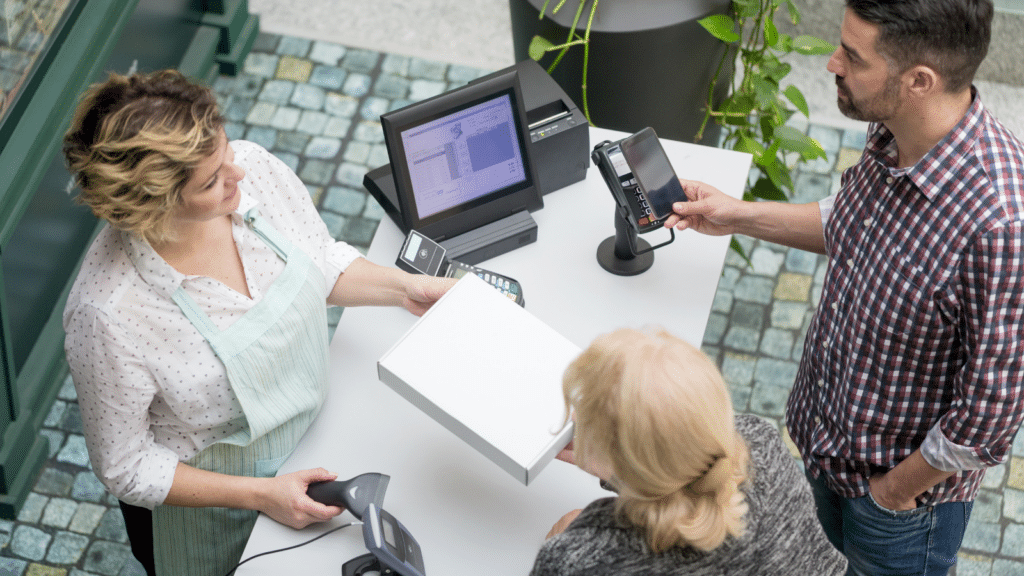
Supporting your team after traumatic events
The recent tragic events in Westfield Bondi Junction have shaken the retail industry, not just in Sydney but around the country. Obviously, the people from our sector most impacted were
Home

The recent tragic events in Westfield Bondi Junction have shaken the retail industry, not just in Sydney but around the country. Obviously, the people from our sector most impacted were

The ARA is dedicated to ensuring you stay informed about ongoing developments following the tragic events at Westfield Bondi Junction over the weekend. As part of our ongoing efforts, we

With the start of the 2024 World Retail Congress now imminent, it is always fascinating to look ahead to the discussions and debates and imagine what will emerge as the

I hope you and your teams have experienced a successful Easter trading period. Whilst the holiday break is expected to deliver something of a sugar hit, overall Australians continue to cut

With Easter break kicking off on Friday, we wish you and your teams a successful and enjoyable holiday period. Our full set of projections for the Easter weekend, in partnership

In a world rich with diverse cultures and beliefs, certain times of the year serve as fundamental to religion, heritage and tradition. This year, Ramadan, Easter and Passover – three

This week, the extension of the Paid Parental leave scheme was passed in the Senate, allowing new parents to take half a year of paid parental leave by mid-2026. This

While as humans we can be visionary, we often lack imagination, and ultimately suffer for our short-sightedness. Plastic waste has emerged as one of the most pressing environmental challenges of

In recent times, there has been a growing recognition of the prevalence of work-related gendered violence, particularly in high-risk industries. Among these, the retail industry stands out as one where

It was wonderful to see so many from our retail community participate in the ARA International Women’s Day lunch event in Melbourne last week, culminating in the announcement of the ARA CEW Women
